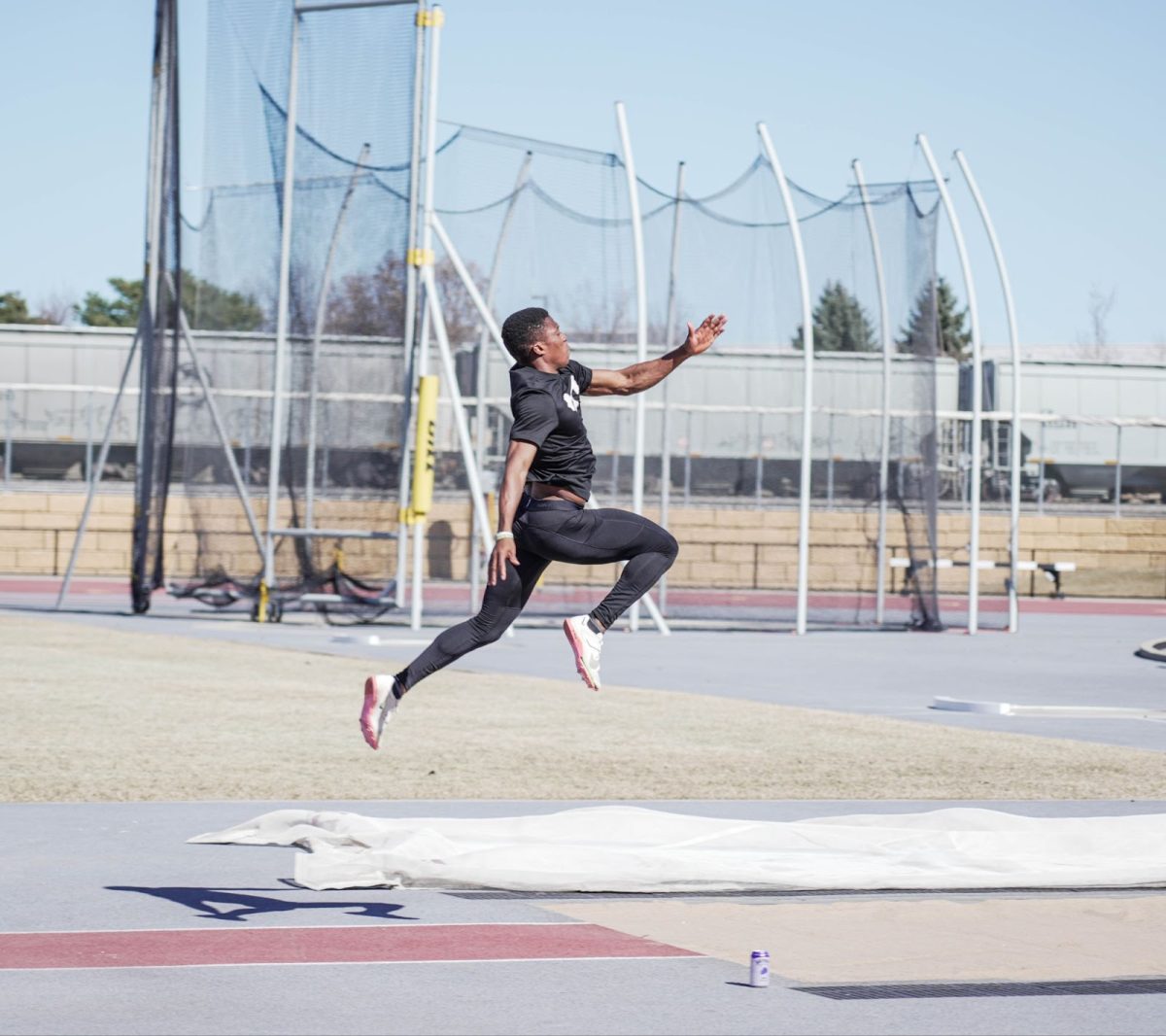On the surface, it looks harmless enough: running, jumping and splashing in puddles. Just like you used to do when you were a kid, right?
Not quite.
The steeplechase, perhaps track and field’s most peculiar event, is also possibly its most grueling. The race, which requires runners to clear 28 three-foot hurdles and seven 10-foot-long water hazards over 3,000 meters, is distance running’s answer to the obstacle course – except the obstacle course is nine minutes of sheer struggle.
“You don’t need to be strong, and you don’t need to be especially fast,” said junior Luke Mullranin, who finished fifth in the 2002 Big Ten outdoor championships for Minnesota’s men’s track and field team. “You just need to keep jumping when all you want to do is stop running.”
Mullranin, like most collegiate runners, was a novice to the event when he arrived at Minnesota.
The event is typically not contested in high school. This is partially because track programs typically don’t have the money to buy the apparatus for the event, and partially because it’s hard to convince teenagers that running 3,000 meters of hurdles is a normal and healthy thing to do.
“I didn’t really know what my event was going to be in college,” Mullranin said. “They would just watch us run over hurdles and try to figure out who was decent.”
According to distance coach Steve Plasencia, the science of grooming steeplechasers is about as inexact as Mullranin makes it sound.
“You just open up to everybody and see who can even jump over a hurdle,” Plasencia said. “Then, you just go from there.”
Mullranin typically works with volunteer assistant coach Jim Leslie on hurdle technique twice a week after finishing his normal run with the distance squad.
Mullranin spends so much time on technique during the week so on Saturday his form doesn’t cause him to spend any time in the water.
The water jump – located in turn three – is something of a spectacle during the race.
Instead of merely jumping the hurdle in front of the water hazard, racers climb the hurdle with one foot and use the other to push off and sail over the hazard.
“You typically get a lot of pushing and shoving right before that jump, because people want a clear sight of what they’re going to clear,” Mullranin said. “It’s got a little bit of the NASCAR effect – people want to see a wipeout.”
Mullranin said he has only fallen once during his college career, but the Bemidji, Minn., native remembers it clearly.
“I was running last year, and I bumped into a guy in the air,” he said. “The next thing I knew, I was skidding on my hands and knees soaking wet.”
But for Plasencia, the mark of a good steeplechaser, much like a champion boxer, is the ability to take a fall and come back.
“A guy’s gotta be tough to run the steeplechase,” he said. “The biggest part of success in the steeplechase is just having the tenacity to go out and do it.”















